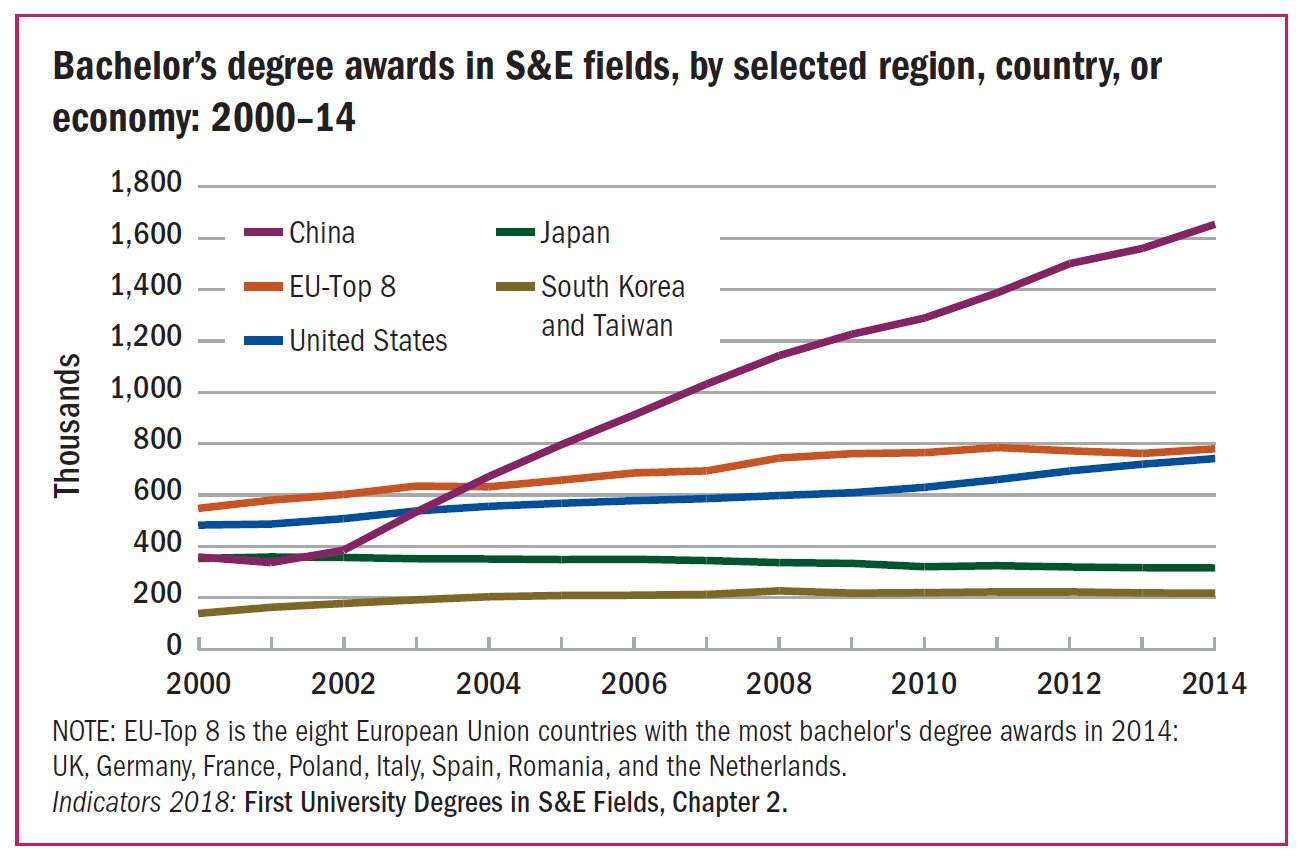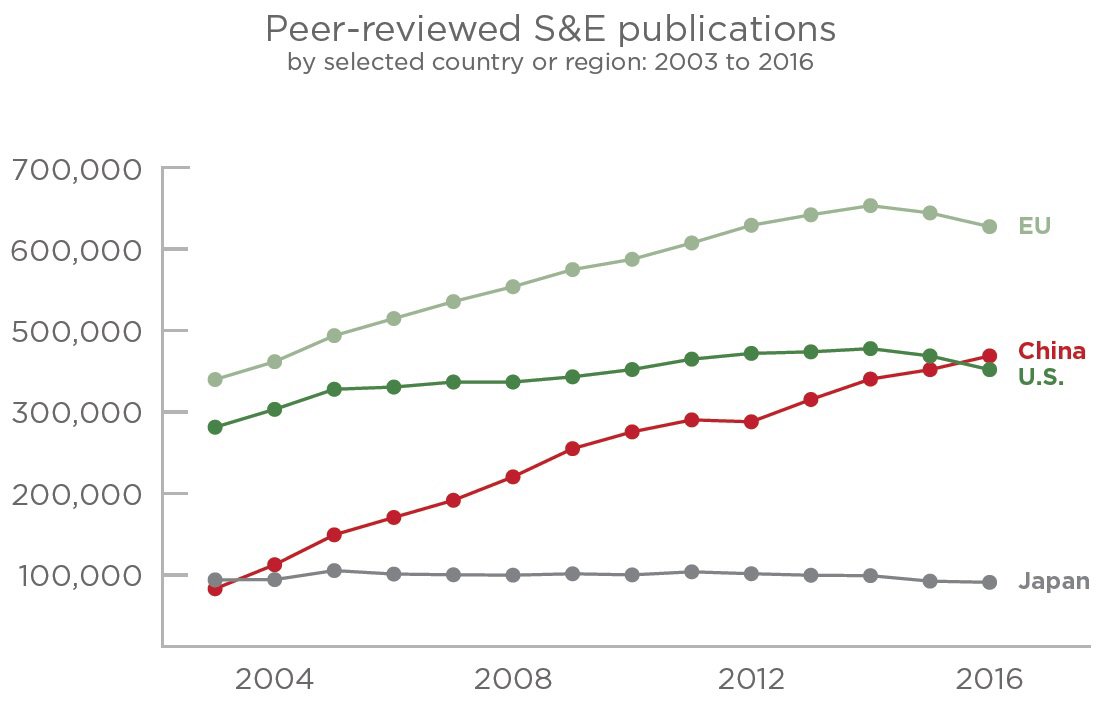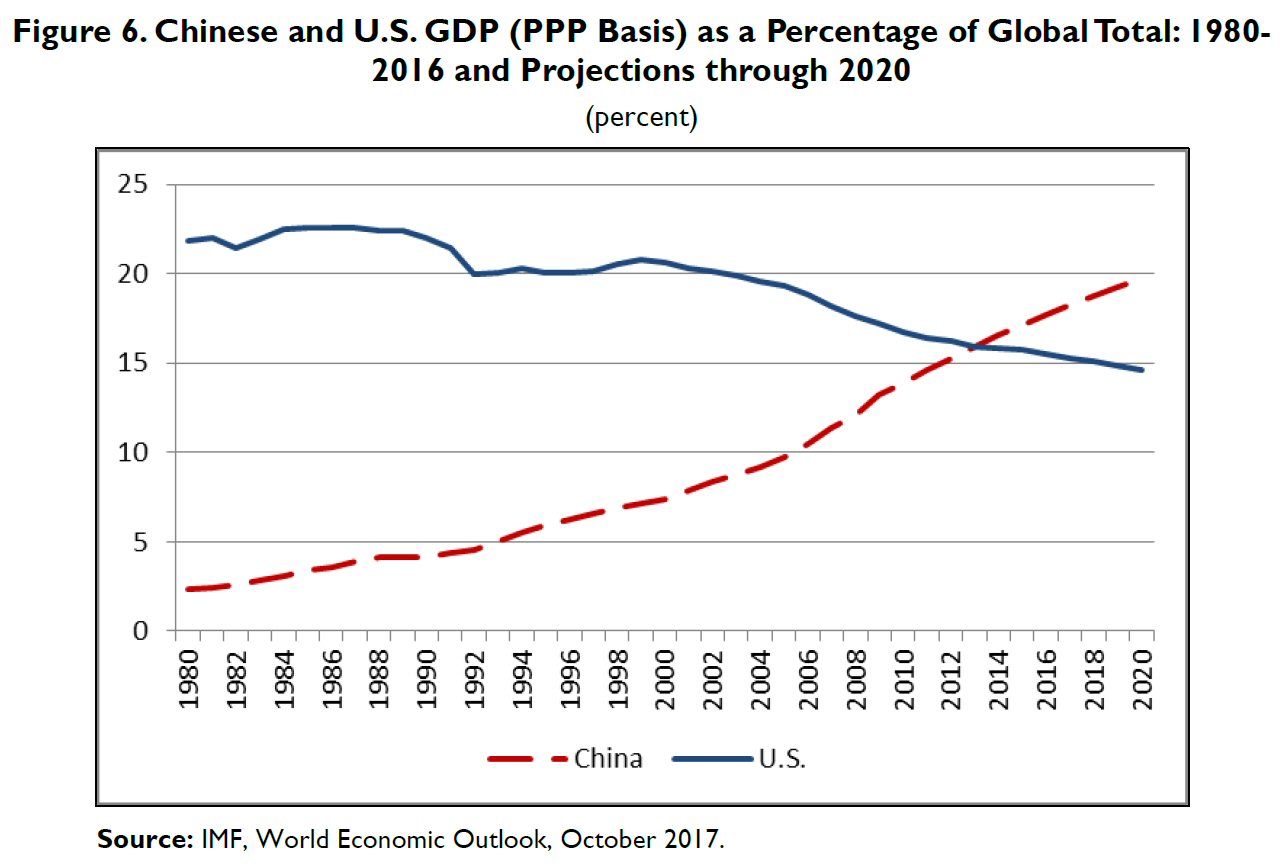May 15, 2019
Background
Forget the Muller report. Assuming “the Russians” did in fact attempt to influence our elections, which incidentally, is entirely possible, by what right other than might do we criticize them for doing so when we ourselves ignore the Charter of the United Nations, and thus international law, to influence elections, seek regime changes, impose sanctions on friend and foe alike, and wage wars whenever and wherever we please?
The Muller saga, pounced on ad nauseam by mainstream media in their never-ending quest to attract yet more readers (and revenue), has distracted voters from demanding that our elected representatives publicly acknowledge, debate and solve the following litany of issues threatening the very existence of the nation, and the world:
• Permanent federal budget deficits –$1.09 trillion in fiscal year 2020;
• A Pentagon-requested $718 billion defense budget for fiscal year 2020 (more than China, Russia, Saudi Arabia, India, France, United Kingdom and Japan combined), and almost equal to the entire current federal deficit;
• The rapidly rising national debt, $22 trillion as of February 2019 ;
• $122 trillion in federal unfunded liabilities: Social Security, Medicare Parts A, B and D, debt held by the public, and federal employee and veteran benefits, projected to grow to $157 trillion by 2023;
• $5.96 trillion in unfunded liabilities of state-administered pension plans;
• Chronic trade deficits ($621 billion in 2018, the last surplus was in 1975);
• The extreme danger of nuclear war, whether intentional, by error or accident ;
• The already abysmal (and growing) wealth and income inequality gap, particularly in the United States;
• Anthropomorphic climate change, the cause of the ongoing Anthropocine extinction, also known as the Sixth extinction of thousands of species on which we all depend on for dear life.
A full analysis of each of the above symptoms, they’re not the disease, is well beyond the scope of these few words. Suffice it to say though, that any and all attempts to mitigate their consequences have been at best ineffective, and they’re getting worse.
Here’s our existential predicament. The infinite demand for the petrodollar insures than no country other than the U.S. has the privilege to print as much electronic or paper money as it wishes without triggering hyperinflation. Should the petrodollar lose its precious status as reserve currency of the world, our government would be forced to either balance its budget or default (as Spain did in its heyday) and watch helplessly as our national credit rating plummets and skyrocketing interest rates plunge us into the bottomless abyss of bankruptcy and irrelevance.
Pricing oil in dollars requires three things: that the world’s major oil producers continue doing so, that the demand for oil permanently remains uniformly high and steady worldwide, the exact opposite of what’s required to fight climate change, and that oil consumers remain tethered to this dictum. As it happens, these buyers include most of Europe, China, India and Japan who, according to International Monetary Fund, together account for over 51% of the world’s nominal GDP. Should any of these three conditions suddenly disappear, the value of the dollar would collapse virtually overnight. The instantaneous loss of value of dollar-denominated assets, including the stock market, and other currencies pegged to the dollar would affect everyone, from billionaires, who have the most to lose, to the individual retirement account (IRAs) of ordinary people invested in equities.
OPEC producers are crucial to the scheme because together they account for approximately 82% of the world’s proven oil reserves. Today the longstanding petrodollar agreement with Saudi Arabia is, to understate it, under great stress. Venezuela, with the world’s largest proven reserves (300,878 million barrels), Iran, 4th largest, (158,400 million barrels), and Russia, all heavily sanctioned by the U.S., understandably seek to free their economies from the dollar and the American-controlled financial system, (SWIFT). The U.S., with 5% of the world’s population and 11th in terms of domestic reserves (35,000 million barrels), is the second biggest consumer of oil –20.5 million barrels of oil per day (2018), or nearly 20% of the world’s total oil consumption. Clearly there’s a mismatch between our relatively small domestic reserves, how much we consume, and our existential need to perpetuate the dollar’s reserve currency status. At the same time China, currently the biggest consumer of oil, is the only other nation with a fully-functional alternate but budding oil exchange, and it’s priced in gold-backed renminbi, not dollars. Thus, China, Russia, Iran and Venezuela, in the aggregate, pose a serious and growing challenge to the dollar’s dominance. The writing is on the wall: the strong-arm policy of sanctions and wars may win short-term (Pyrrhic) victories, but in the long run, barring the existence of feasible contingent plans to cope with reality, the policy is not supportable.
Historical and Current Precursors
In 1913, Henry Ford the first hired 52,000 workers, mostly men, to keep a workforce of 14,000 that worked nine-hour shifts for $2.25 per day . For many, obviously, these grueling conditions were not worth the pay; most simply walked away from the line, and in doing so brought production to a halt. To combat the high turnover, Ford raised compensation from $2.25 to $5 per day, half wages and half bonuses. However he also introduced paternalistic conditions. The company created a committee called the Social Organization. It literally visited employees at their homes to ensure they would not drink or gamble, and force recent immigrants, which were many, to learn English. The ruse worked because the compensation was higher than what the competition paid. Turnover dropped and morale and productivity increased. These well-paying blue-collar jobs and the job security associated with them became the foundation of the once-heralded “American dream,” now a distant memory.
To be sure, this business model was always an uneasy marriage of convenience. Employers were forced to pay high labor costs; in exchange, workers could afford to consume American-made manufactured goods without incurring unsupportable debt. But as with all dreams, this one finally ended with the advent of the global economy. Multinational manufacturers realized that much higher profits were possible if they relocated production to countries with vastly lower labor and benefits costs in untapped markets such as China, and they did so in droves. Predictably, the real purchasing power of the American middle class flat lined. At the same time, the purchasing power of their Chinese peers rose at an unprecedented rate. At some point, for the multinationals, it ceased to be a case of seeking higher profits; they had to follow the trend to remain competitive in their never-ending struggle for market share. To put it in perspective, in 1955 the biggest employer in the U.S. was General Motors, a manufacturer of goods made in the U.S. by American workers; in contrast, today it’s Wal-Mart, a distributor of foreign-made goods, mainly Chinese.
For American workers, particularly non-college educated white males, it was a divorce with devastating economic, health, social, and demographic consequences. Data shows that the suicide rate in the U.S. has reached a 30-year high, and that it’s continuing to increase; in 2017 it was the 10th leading cause of death. Then there’s the opioid epidemic. In 2017 in California, 1,444 non-Hispanic whites died of opioid use, compared with 483 Hispanics and 147 Blacks. Nationwide, that same year 47,000 Americans died as a result of an opioid overdose, including prescription opioids, heroin, and fentanyl; and in the Midwest opioid overdoses increased 70 percent from July 2016 through September 2017. In addition, as a consequence of the aforementioned profound changes, higher divorce rates, and greater labor force participation, women now account for 54 percent of all single-person households. That too had a price. A National Center for Health Statistics Data Brief shows that more than 8 percent of adults older than 20 reported having depression during a given two-week period, and that the prevalence among women was almost double that seen in men.
Even the government has been affected. Tax revenue is much lower that it should be had the median wage kept pace with corporate profits and the income of the top 10 percent of the population, and it has had to pay more in entitlements to the 39.7 million people living below the poverty line.
Relevance of the Green New Deal
The Green New Deal, proposed by progressive lawmakers in the Democratic Party, is a comprehensive, legitimate and timely plan to address critical issues. While it does not propose to significantly reduce a military budget currently larger than the next 7 nations combined, it does seek to mitigate the consequences of climate change and to help the poor and disenfranchised. But the plan fatally fails to address a core ideological objection of middle and working class Republicans, namely that the government should not run much of the national economy. Thus, the Green New Deal, which would expand the government’s role in running the economy, will likely increase the ideological divide tearing at the fabric of our nation. Republicans and Democrats must find an ideological compromise to overcome their entrenched zero-sum attitude; otherwise, to paraphrase Benjamin Franklin, we’ll all drown together rather than individually.
Timeframe of Climate Change
Anthropomorphic Climate Change began in 1750 with the First Industrial Revolution. It has taken us this long to realize that humanity is now in a make or break situation with respect to fossil fuels, and that even if we do stop using them abruptly today, right now, it’s going to take far longer than the lifespan of the next several human generations for the Earth to heal. Accordingly, the transition away from fossil fuels will have to occur on an “Earth” timescale, which is to say that from a human point of view it’s going to be permanent and irreversible. That implies that those who yearn to assume the role of (temporary) leaders in the next election cycle must be willing to take on the unprecedented responsibility of plotting a new course in uncharted waters with no less than the survival of the species at stake. By the same token, we the voters share that responsibility. After all, we’ll be electing them into office.
New Taxes Won’t Achieve the Desired Result
Proposals have been floated to combat inequality and/or fund the Green New Deal. One is to enact a 2% “wealth tax” on Americans with a net worth of more than $50 million and an additional 1% on net worth above $1 billion; another is to create a 70% tax bracket on income above $10 million. While both would certainly raise revenue, there are at least four important reasons why they might not trigger the permanent systemic changes that need to be made to fight climate change and reduce inequality. Firstly, any and all laws can be reversed -witness Trump’s efforts to erase Obama’s legacy and the long-ago demise of Eisenhower’s 90% top tax rate. Future administrations could and may well do the same. Secondly, some wealthy people who would be taxed might do everything in their power, and they have plenty of it, to preempt or fatally dilute any tax increases. Thirdly, the construction jobs that would be created in upgrading and modernizing our physical infrastructure, an indisputable necessity, would last only a few years and consequently not permanently reduce today’s inequality. Fourthly, it is not above politicians to divert tax revenue to fund their unrelated pet projects, even when funds have been specifically earmarked by Congress for some other purpose.
A Way Out
In sum, if voting taxpayers truly wish to fight climate change and inequality and to have a direct say in how their tax money is spent, one way to do so is to create a well-regulated, privately-funded, tax-exempt, nonprofit scheme to gradually and imperceptibly steer the country and the world away from fossil fuels to green hydrogen.


















